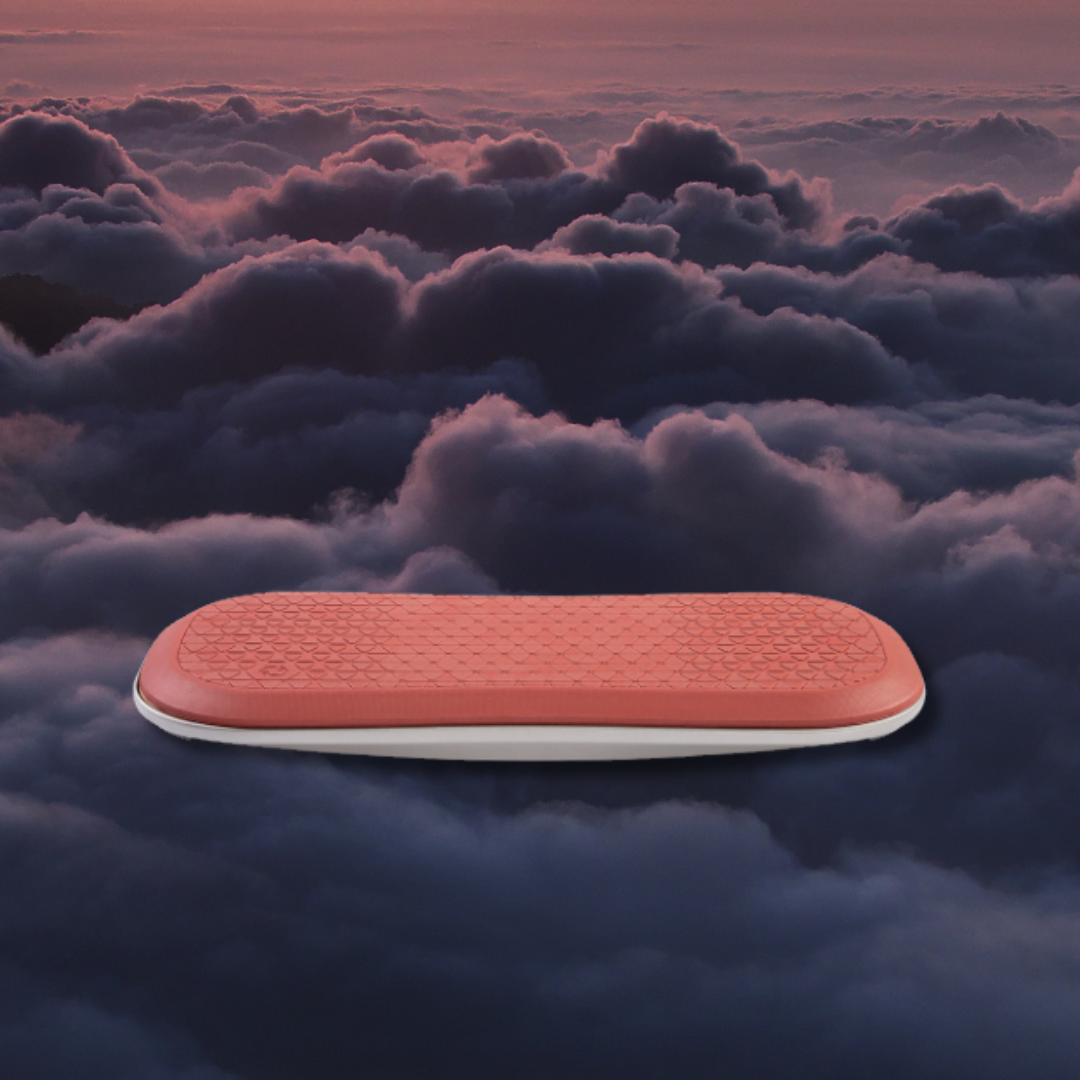The Vital Tool for Any Standing Desk User: Embracing Movement via an Ergonomic Balance Board

In the modern workplace, the concept of a sedentary lifestyle is being challenged, and standing desks have emerged as a popular solution to combat prolonged sitting. However, standing all day can pose its own set of challenges, including discomfort and fatigue. To enhance the standing desk experience, a balance board proves to be a vital tool. Combining ergonomic design with the benefits of movement, balance boards add an exciting dynamic to your workspace, promoting wellness, focus, and productivity.
Should I Use a Balance Board, Rocker Board or Wobble Board with a Standing Desk?
The answer is a resounding yes! Wobble boards, often synonymous with balance boards, when used with a standing desk has numerous advantages. Standing on a static surface can lead to muscle stiffness and reduced circulation, but a balance board encourages subtle movements that engage various muscle groups throughout the day. By continuously adjusting your weight and finding equilibrium, you promote joint mobility, core strength, and improved posture. At FluidStance, we like to think our balance boards are like “Ranch Dressing” in the vegetable world… Vegetables are much better with ranch. So too are standup desks with balance boards.
What Type of Balance Board is Best?
When it comes to balance boards, one size does not fit all. Different users have varying preferences and needs. Here are some popular types of balance boards:
- Roller Boards: These boards have a cylindrical or spherical roller underneath, providing a significant challenge for short periods of time, but are an exhilarating experience. They demand increased balance and stability, engaging core muscles and promoting better coordination, but for a vast majority of the population, they are not ideal for multi-tasking at a desk.
- Ergonomic Balance Boards: FluidStance was the first brand to pioneer this category of ergonomically design balance boards for multi-tasking. These dynamic balance boards are three-dimensionally optimized with a curved bottom that gives enough movement to matter, but not too much to distract. FluidStance’s patented design offers 360 degrees range of motion that optimizes your plantar and dorsi-flexion at 16.5 degrees mimicking the angle your heel strikes when you are walking. This category of balance boards is more accessible for use all-day at your desk, streaming shows or on a conference call. Third-party research found that FluidStance users are on their balance boards for an average of three-hours a day with an increased caloric burn of 19.2% over being seated. FluidStance is one of the few balance board brands to be heavily researched by the Mayo Clinic and the University of Idaho. FluidStance’s design is optimized to have less than a 1% impact on keystroke productivity in comparison to typing while being seated. This is far less of an impact than what is experienced while typing using a walking treadmill.
- Wobble Boards: Wobble Boards are typically circular balance boards that are built for short workouts, therapy or training sessions due to their small platforms and increased functional tilt angles. While good for increasing ankle mobility and balance training, they tend not to be as ergonomically optimized for long term use.
- Rocker Boards have a very basic platform with a slight lateral tilt, like a rocking chair, that only goes side to side. They offer a very conservative range of motion limited to a single plane, but are still better than standing flat for long periods of time.
- Balance Mats: Though not entirely a "board," balance mats like the Springboard are a great entry point for those that want subtle movement at their desk, workstation or even the sink, but not as much as a balance board. They have a flexible surface, encouraging movement and subtle shifts to keep your body active, but no dynamic movement requiring a high degree of balance.
Conclusion
Incorporating a balance board into your standing desk setup brings a myriad of benefits that improve your overall well-being. From enhanced physical health to increased mental clarity, the subtle movements encouraged by balance boards keep your body and mind engaged throughout the workday. So, whether you're a seasoned standing desk user or just getting started, embracing a balance board is a wise investment in your health and productivity.
Remember, a balanced workspace leads to a balanced and fulfilled you! Experience the advantages of a balance board today and take your stand-up desk setup to new heights.


Leave a comment